EU declaration conformity
Residential AC fan speed controller 230 VAC | 3 A | From Low to High
Product description
This fan speed controller is designed for residential use, providing a versatile solution for home applications. It is compatible with various AC motors, including those in ceiling, bathroom exhaust, and extraction fans. The controller is specifically suited for single-phase, voltage-controlled AC motors with a combined maximum current of 3 A.
With its 230 VAC supply voltage, the controller can smoothly adjust fan speed from low to high. An internal trimmer allows you to set the minimum speed. The device uses phase angle control with TRIAC technology to reduce motor voltage and features an unregulated output.
The controller is suitable for both flush and surface mounting, offering flexible installation options.
Documents
Additional specifications and description
How Does This Controller Provide Adjustable Fan Speed?
This controller is intended for fan speed regulation from minimum to maximum speed. Regulation is done manually via the rotary knob (potentiometer). When the knob in the OFF position, the fan is inactive, and of the knob clockwise, the motor starts operating at minimum speed. Turning it further clockwise speeds the fan up to its maximum revs. The SDY features an internal trimmer (marked with Vmin) for adjusting the minimum fan speed. If you like, you can deactivate the OFF position, which means the motor will operate when power supply is available. If you choose to have the OFF position disabled, simply connect the supply voltage via the terminals marked with L1 and N on the terminal block.
What Technological Advancements Ensure Quiet and Precise Motor Control in the SDY Series?
For residential buildings it is important that the motor does not produce too much noise, otherwise occupants will be greatly disturbed. The new SDY speed controller is very similar to the old MTY controller, but better. Compared to the old series, the novel SDY offers extra precise control, thanks to the use of a microcontroller. Thus, the motor voltage can be controlled extremely accurately. The result is silent motor operation, even at lowest speed setting.
What Motor Types Are Compatible and How Is Speed Regulated?
The SDY series is developed to control AC fans by reducing the motor voltage. AC fans run on an alternating current and convert alternating current into mechanical power. The SDY controllers decrease the voltage using the so called TRIAC technology via phase angle control. Therefore, they are suitable only for voltage controllable motors. If you are not familiar with your motor type, we strongly advise you to read carefully its accompanying documentation or better contact the manufacturer.
What Are the Design, Durability, and Mounting Features of the SDY Series?
The most obvious new characteristic of the SDY series is their exquisite design. The enclosure is the ideal match for any interior style. What is more, it allows both surface and flush mounting. If you opt for flush mounting, the mounting holes fit perfectly the standard European wall boxes. The enclosure material is high-quality ASA plastic with UV and impact protection. Its rating is IP44 for flush mounting and IP54 for surface mounting, which means the device is protected against ingress of dust, dirt and water in indoor applications. On top of that keeping it clean requires only a damp cloth.
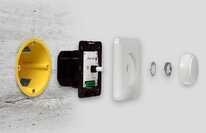
What Are the Installation Considerations for the SDY Controller?
This variable fan speed controller can be mounted on all kinds of walls – solid, gypsum board or even wooden panels. You do not have to choose between two types of enclosures, because the SDY has both. All you need are a couple of simple instruments, skilled hands and some technical knowledge.
How Does the Unregulated Output Function and What Are Its Applications?
The SDY features an unregulated output, called so because it is either ON (230 Volt) or OFF (0 Volt). If the supply voltage is connected to L and N, the unregulated output is active while the motor is in operation. You can use this output to control external devices (2 A maximum current), for example a run-indicator or a damper, etc. This means that while the fan is working, the damper will be open or the run indicator will be on. When its stops, the damper will close and the indicator will be off.

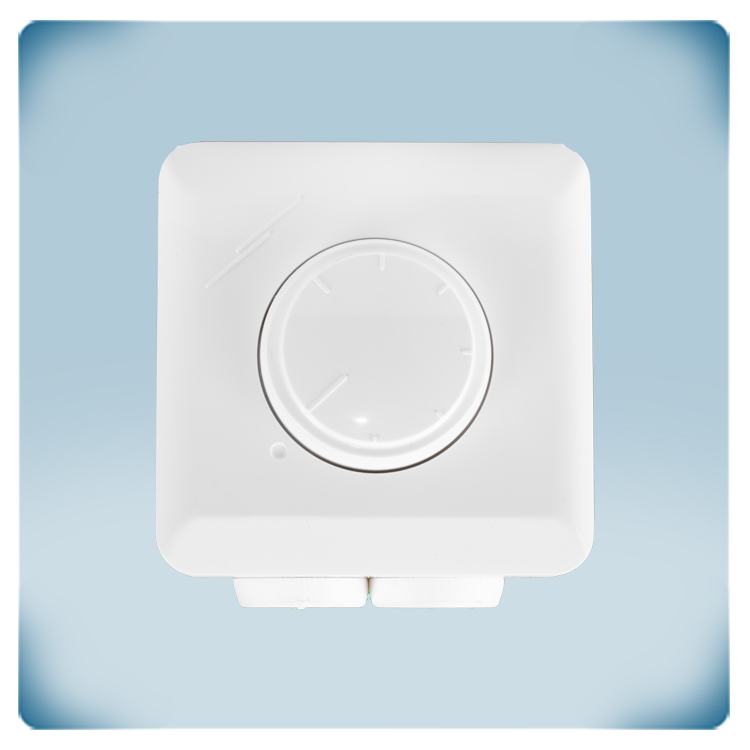
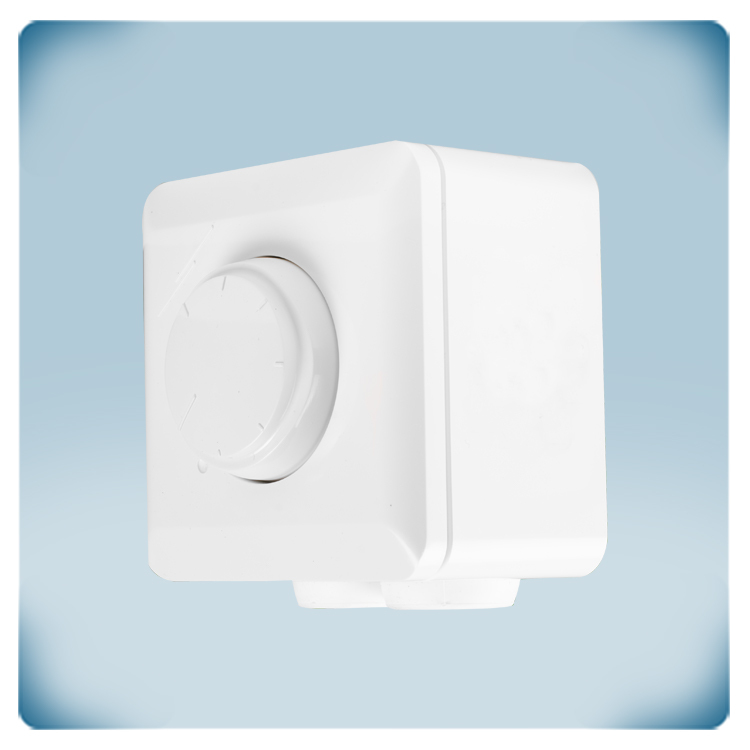
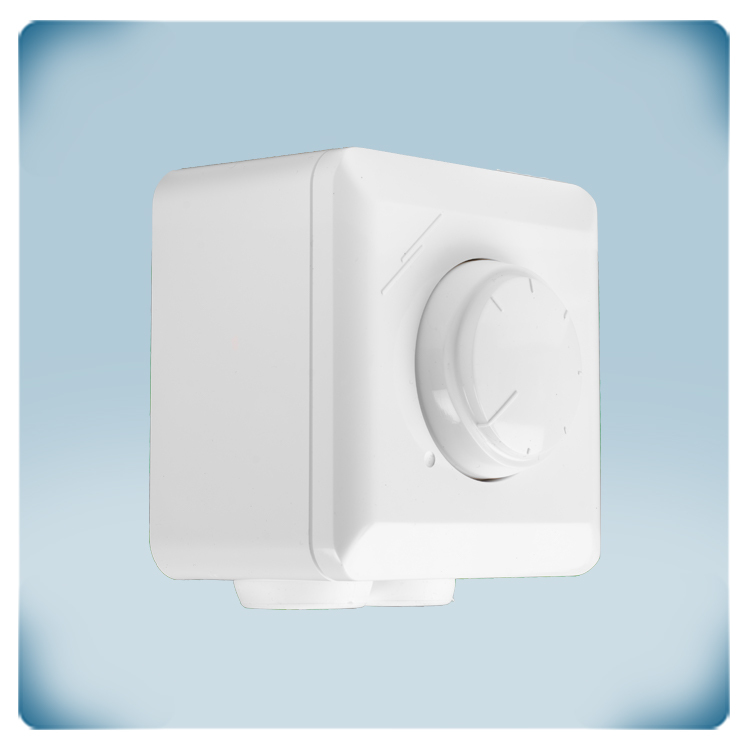
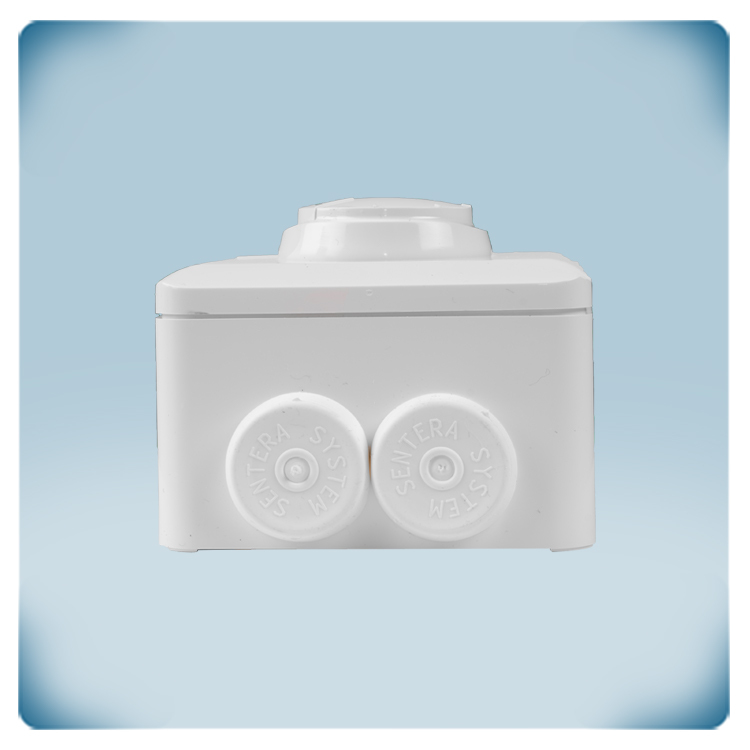
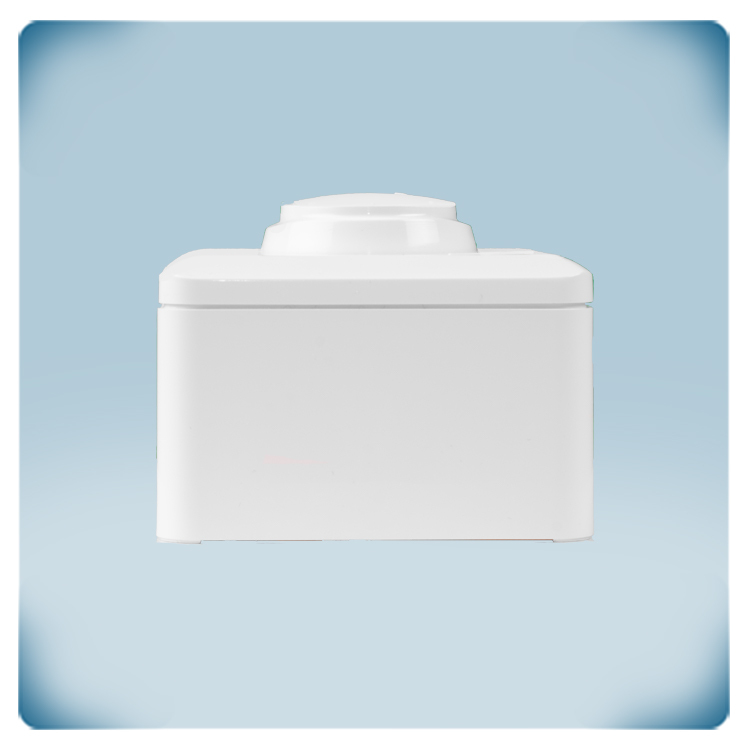
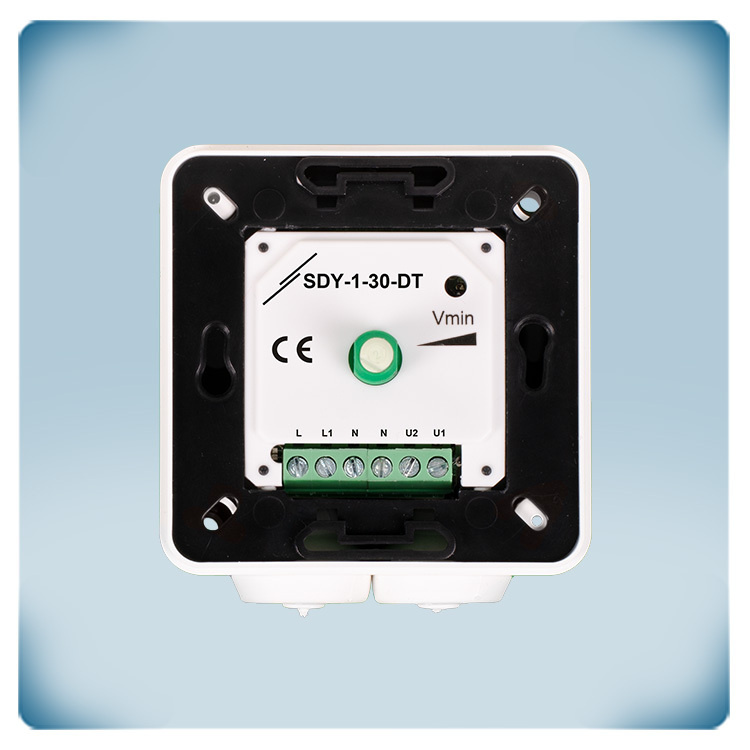
.webp)
.webp)
.webp)
.webp)
.webp)
.webp)
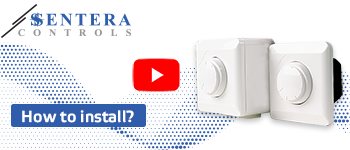
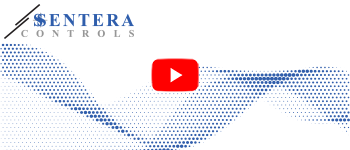
Remarks, reviews & ratings